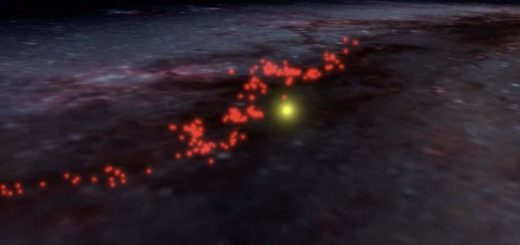New type of brain cell discovered that acts like hybrid of two others
A type of brain cell that behaves like a hybrid of neurons and glia has been spotted, and it could explain how some neurodegenerative conditions, such as Parkinson’s, develop
By Jason Arunn Murugesu
6 September 2023
Some networks of astrocytes, like these, seem to send messages much like neurons do
RICCARDO CASSIANI-INGONI/SCIENCE PHOTO LIBRARY
A new type of brain cell, called a glutamatergic astrocyte, has been discovered. It could explain how a variety of neurodegenerative conditions, such as Parkinson’s, develop.
Brain cells can largely be categorised into two types: neurons and glia. Neurons are typically considered to communicate with each other across the synapses, or junctions, between them, whereas glia don’t use this type of signalling.
Synaptic transmission occurs when a neuron is electrically excited and releases a chemical, called a neurotransmitter, into the gap between itself and another neuron, which leads to the activation of the second neuron. This ability was largely thought to be unique to neurons.
Advertisement
Read more:
Implant lets people type on virtual keyboards with just brain signals
But two decades ago, Andrea Volterra, now at the University of Lausanne in Switzerland, and his colleagues announced that they had discovered that some glia could also use synaptic-like transmission to communicate with other cells. However, the findings proved controversial as other researchers struggled to replicate the findings.
Now, Volterra and a different team have used modern techniques to finally put this controversy to bed.


